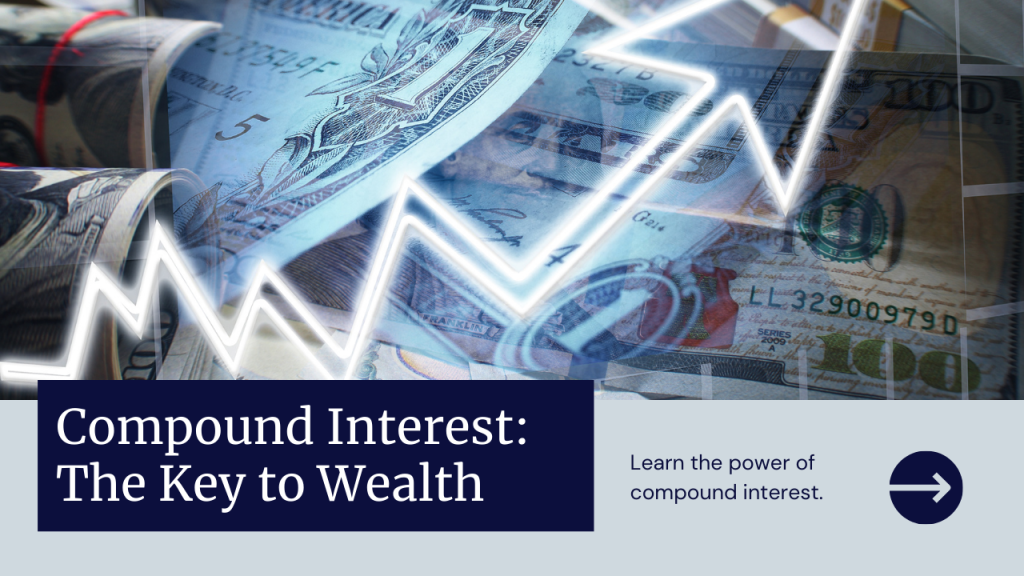Buying low and selling high is a fundamental principle of successful cryptocurrency trading. However, mastering market trends and identifying opportune moments to buy and sell cryptocurrencies can be challenging amidst the market’s volatility. Here are some tips for buying low and selling high in cryptocurrency trading:
- Identify market trends: Before buying or selling cryptocurrencies, analyze market trends to identify potential opportunities. Trends can be categorized as bullish (upward), bearish (downward), or sideways (lateral). Look for signs of trend reversal or continuation using technical indicators, price patterns, and trend lines. Understanding market trends can help you make more informed decisions about when to enter or exit a trade.
- Buy the dip: “Buy the dip” refers to purchasing cryptocurrencies when their prices experience a temporary decline or correction within an overall uptrend. Buying the dip allows investors to acquire cryptocurrencies at a lower price and potentially capitalize on future price appreciation. Look for buying opportunities during market pullbacks, consolidations, or retracements, but be mindful of distinguishing between a temporary dip and a more significant trend reversal.
- Set realistic price targets: Before entering a trade, establish realistic price targets for buying and selling cryptocurrencies based on your risk tolerance and investment goals. Determine the desired profit margin and identify potential resistance levels where you plan to sell your holdings. Setting price targets can help you stay focused and disciplined in executing your trades, avoiding emotional decision-making based on short-term price fluctuations.
- Use support and resistance levels: Support and resistance levels are key technical indicators that can help identify potential entry and exit points in cryptocurrency trading. Support levels represent price levels where buying interest is strong enough to prevent further decline, while resistance levels denote price levels where selling pressure may halt upward momentum. Utilize support and resistance levels to plan your trades and anticipate price movements.
- Practice risk management: Risk management is crucial in cryptocurrency trading to protect your capital and minimize potential losses. Only invest what you can afford to lose, and consider implementing stop-loss orders to limit your downside risk. Diversify your investment portfolio across multiple cryptocurrencies to spread risk and reduce exposure to any single asset. Additionally, avoid trading with leverage unless you fully understand the risks involved and have a sound risk management strategy in place.
- Stay informed and adaptable: Stay updated on market news, developments, and trends to make informed decisions in cryptocurrency trading. Monitor social media, forums, news sources, and cryptocurrency exchanges for relevant information that may impact prices. Be adaptable and willing to adjust your trading strategy based on changing market conditions, emerging trends, and new opportunities.
By applying these tips and strategies, you can enhance your ability to buy low and sell high in cryptocurrency trading. Remember to conduct thorough research, exercise caution, and practice disciplined risk management to navigate the volatile crypto market successfully. With patience, perseverance, and continuous learning, you can improve your trading skills and achieve your financial goals in cryptocurrency investing.


















